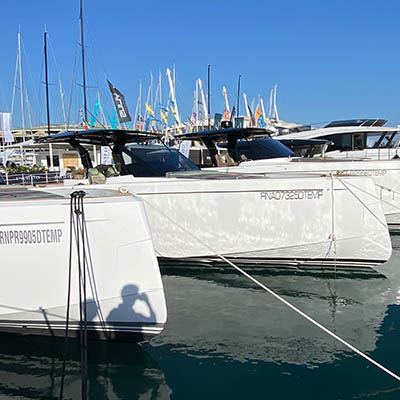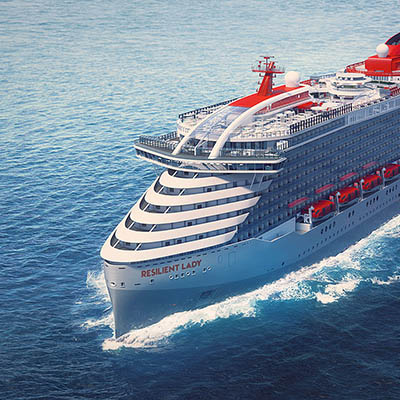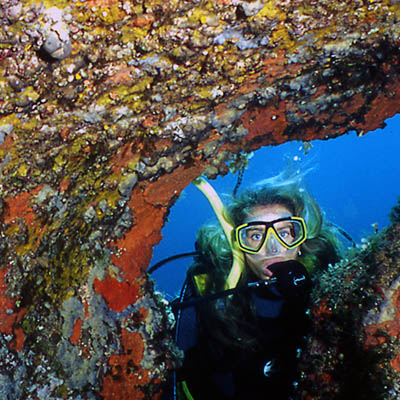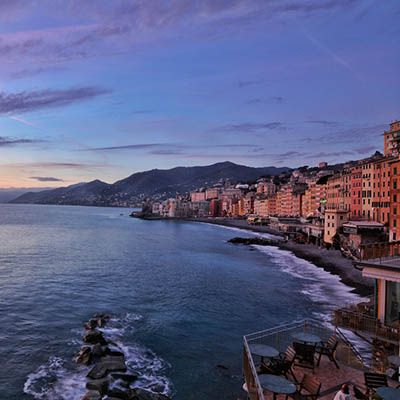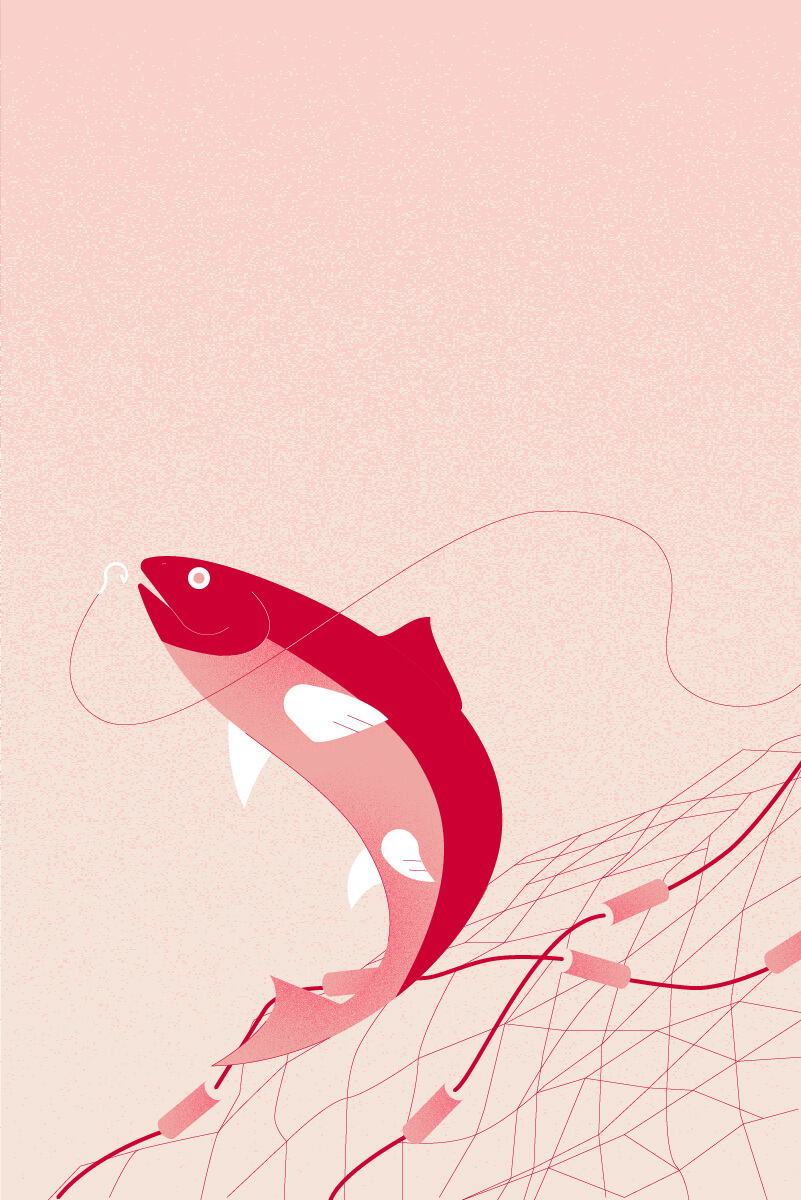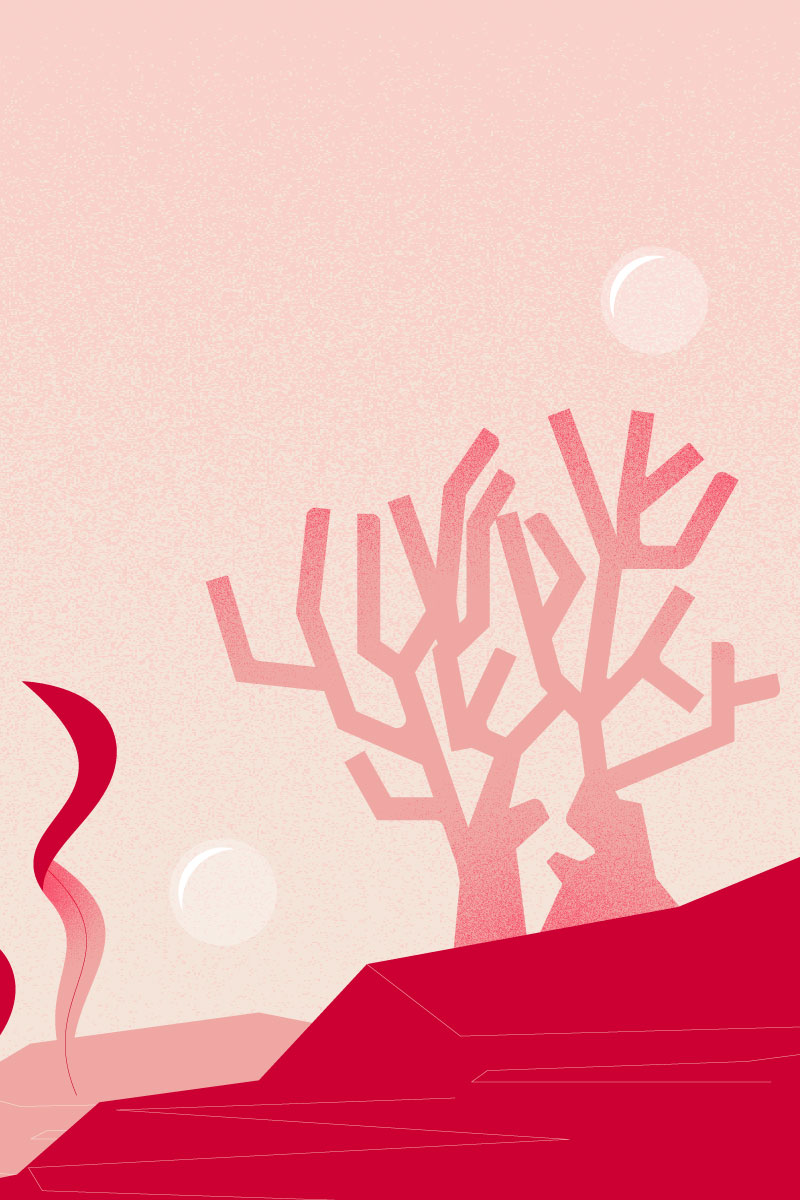Boating in a Portrait | Aldo Cichero “Beauty is not a concept you can learn: it is more a feeling than a thought. The relationship between the designer and owner is important”
The architect, Aldo Cichero, has designed over 350 yachts working with some of the most important Italian and foreign shipyards. He began working at a very young age with the shipyard, Baglietto, in Varazze and is now working on a sailing system to combine together with motor navigation.

Boating in a Portrait | Aldo Cichero “Beauty is not a concept you can learn: it is more a feeling than a thought. The relationship between the designer and owner is important”
The architect, Aldo Cichero, has designed over 350 yachts working with some of the most important Italian and foreign shipyards. He began working at a very young age with the shipyard, Baglietto, in Varazze and is now working on a sailing system to combine together with motor navigation.
Aldo Cichero, of Piedmont origin and Ligurian by adoption, studied in Genoa and graduated in Naval Architecture in Paris. In his life, he has designed over 350 yachts working with some of the most important Italian and foreign shipyards. He began working at a very young age (1960) with Baglietto in Varazze, where he designed boats which have made history in the Ligurian shipyard like the series: Ischia, Elba, Capri, the 16.50m, etc.
At the end of the 60s, he worked for the architect, Paolo Caliari, and with him, he learned more about exterior design as well as industrial design. In the early 70s, he founded, together with Cesare Cassina, Bracciodiferro, working with great artists such as Gaetano Pesce, and Alessandro Mendini. Bracciodiferro’s production is, now, considered to be one of the best cases of art applied to design. This was the beginning of the career of one of the architects that has made a mark in nautical design since the 70s, with the famous Alalunga, the new Magnum Marine, Admiral, Lamborghini Masha and Queztal, Mondomarine, and in the 90s with the Baglietto design which launched a new style.
He worked with a number of shipyards on new lines and creating a number of innovative designs. In 2009, he designed, together with other technicians from the energy industry, and creating the group FCF, barges for energy production from renewable resources with an extremely low environmental impact and production from 50MW to 200MW. He works together with Crystal Caviar by Marek Landa in the creation of illuminated crystal sculptures.
Aldo Cichero, you have stood out over time for having designed different kinds of vessels, all with a clean lines united with attention to functional aspects and comfort. In the last year, your attention to the quality of life on board has led you to develop designs for large motor yachts with sails, in order to allow for silent navigation respecting marine life.
Mr Cichero, how did you discover boating, and thereby decide to study Naval Architecture?
It was a chance encounter: I had studied technical design and cabinet-making at the Salesiani di Don Bosco in Genoa, and it was Cantiere Baglietto who invited me to work with them, first in setting up the boats, and then designing together with Pietro Baglietto. I really enjoyed working in the shipyard, so, in the first years I was working with Baglietto, I studied in the evening to get my surveyor diploma. Then meeting Paolo Caliari changed my life and I have never looked back. My degree came years later, after I had become an established professional.
As it stands, you have designed over 350 motor yachts. Is there one to which you are particularly tied? And why?
I have fallen in love with a number of designs, the last one is always the most interesting: I can’t really choose one design in particular. I have had a lot of satisfaction in my career: maybe once it used to be easier to design because the nautical industry was less complex than it is today. There was the owner, the shipyard, the designer and the seller. The relationship between the owner and the designer was strong and the best creations came from this relationship, while nowadays there are a number of professionals who mediate and filter, in some cases, this simplifies the job, but in others, it makes it less personal and interesting.
Over the years how has, if at all, your concept of beauty and elegance changed, when you draw the yachts you design every day?
Beauty, in the aesthetic sense, is not a concept that you can really learn: school, technique, can give you the bases, the main outline but then beauty is more a feeling than a thought. The more you design, the more you refine your imagination, my current design has improved considerably, it is then life opportunities which turn your designs into reality. Over the last few years I have gone back to doing industrial design, like I did at the beginning of my career, and so began partnerships with Venini on Murano, C&B Design in Zurich, Boffetto in Milan and Crystal Caviar by Marek Landa.
In addition to designing motor yachts, your name is also tied to an ambitious project to create electricity from the sea. Your contribution, in particular, has led to the reduced environmental impact of these barges. What does protecting the marine environment mean to you?
Respecting the environment is now felt to be a necessity but it is still a challenge. Trying to make energy while polluting less and maintaining acceptable efficiency is still a very complex operation that requires a lot of investment. In the case of Genoa, the fact that the Tritone project acquired and desired by Europam was not enacted, was a missed opportunity for the city, because it would have provided a good contribution in terms of energy and would have brought Genoa to the forefront in innovation. I’m currently working on the design of an innovative sail system to combine with motor navigation, which could could be very useful for transport vessels, cruise ships and even yachts, with effective fuel savings.
What is your relationship with the sea outside of work? How often to you go?
I have always been passionate about the sea and have lived a large part of my life near the shore, but since I moved to the hills in Morsasco, and I fell in love with the castle, I have less time. In the castle we organise guided tours, exhibitions, and concerts, and my free time has greatly reduced. Fundamentally, living in a castle like mine, is like being on a huge transatlantic ship with the bow to the wind, this is the feeling I get in Morsasco. It is hard work and requires a lot of resources from all points of view. I have never had a boat because none of my designs has ever fully convinced me, I have always waited for a better design.
Giuseppe Orrù
Photos by Claudio Colombo
BOATING IN A PORTRAIT A project by Liguria Nautica and Claudio Colombo showcasing a gallery of Ligurian people or those who have ties with our region, who have left their mark on Italian boating, or who have deep rooted connections with our sea. For each of them, we present a photographic portrait take by Claudio Colombo and an interview with our journalist, Giuseppe Orrù, to better know each person, in their personal lives as well.

Topics: Aldo Cichero, Boating in a Portrait







